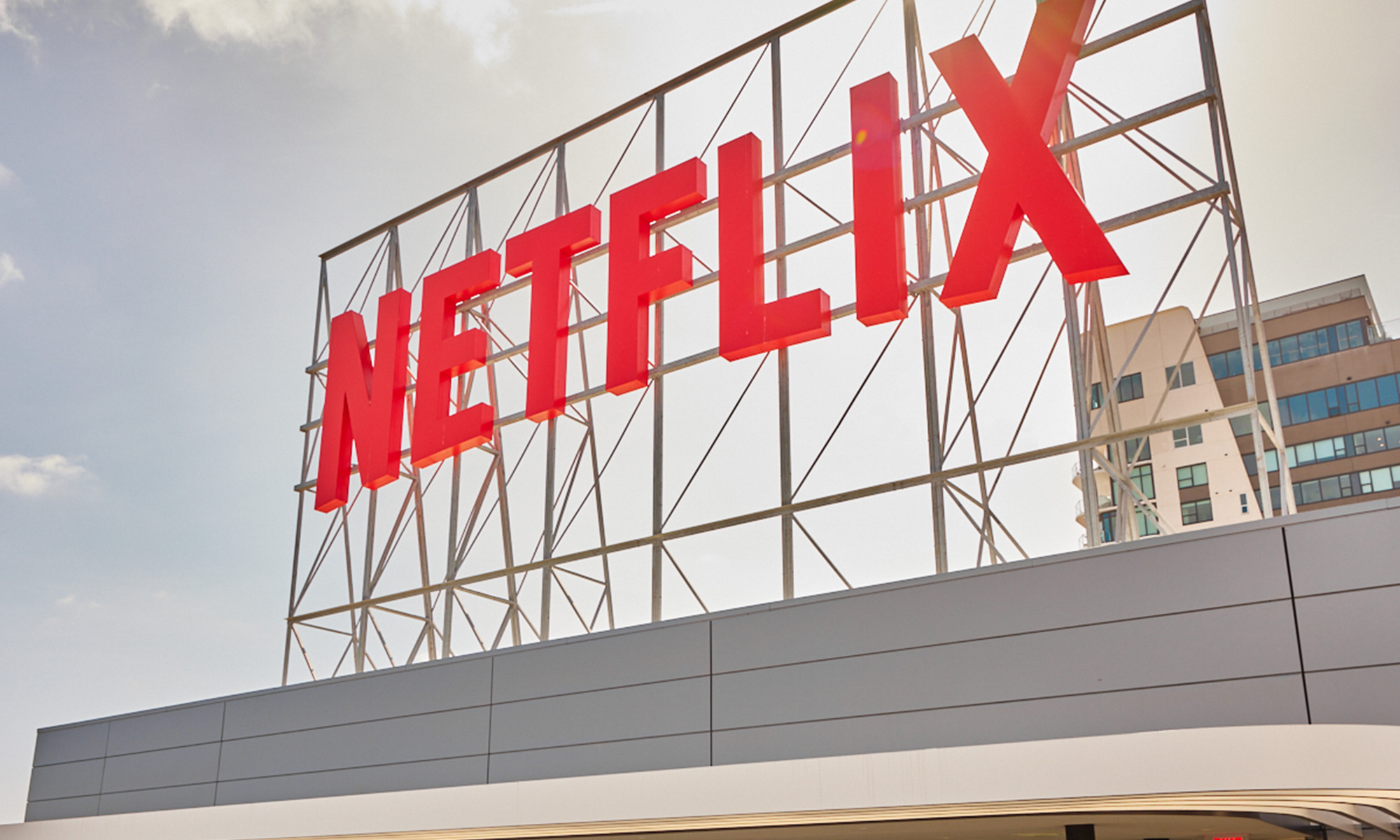Netflix (NFLX +0.25%) and other over-the-top streaming services have not only given people more options for watching programming, but they've also changed how Americans consume content.
The rise of these services, which also includes Hulu and Hulu Plus, Amazon.com's (AMZN +1.63%) Prime Instant Video, and tons of other niche players, has led to behavior change, according to Deloitte's Digital Democracy Survey. The research shows that 42% of households in the United States now use some form of streaming service.
Streaming has moved from something techies and young people do to a fact of life in a growing amount of households. This trend should only increase going forward, given the proliferation of low-cost streaming devices such as the Google (GOOG +1.40%) (GOOGL +1.48%) Chromecast and Amazon's Fire TV products.
The number of people streaming has been getting bigger, and those people are consuming content in an entirely new fashion. That's great for Netflix and the other OTT services, and really bad news for traditional linear television.
Binge watching is taking over
When Netflix first started producing original programming, one of its more controversial moves was releasing an entire season's worth of episodes at the same time. This idea flew in the face of the traditional broadcast TV cycle, during which stations dole out a series one new show a week for the length of the season.
Netflix's strategy not only worked, but it's also changed how people consume television. Binge watching -- the practice of watching three or more episodes of a series at once -- has become common practice, with 68% of consumers now doing it, the Deloitte study reported.
"In fact, 31% of Americans who binge-watch do so at least once a week, led by Trailing Millennials, who binge-watch more frequently than any other generation, at 42%," according to the research. "The survey also notes that TV dramas are the most popular television genre to binge-watch, commanding 54% of binge-watchers' attention, a characteristic more pronounced among females. Additionally, 20% of Americans binge-watch comedies, with more being male."
Binge watching isn't possible with traditional live TV, and its growing popularity gives Netflix an advantage.
"Personal viewing experiences and the ability to consume media at your own pace is significantly impacting how U.S. consumers value their content devices and services," said Gerald Belson, vice chairman of Deloitte LLP and leader of the U.S. Media & Entertainment sector. "Today, binge-watching, and the ability to watch what we want, when we want, and where we want, is an exciting cultural phenomenon that is shifting consumer behaviors and attitudes toward curating an individual experience."

Shows like House of Cards have fed the binge-watching trend. Source: screen shot.
Streaming is more popular than live TV
Perhaps even more important than being able to binge-watch is that the survey shows that consumers are not only becoming comfortable with using streaming services, but that they also prefer them to watching live TV.
The study shows that streaming content has overtaken live programming as the viewing method of choice, with "56% of consumers now streaming movies and 53% streaming television on a monthly basis, as compared to 45% of consumers preferring to watch television programs live."
In addition, young viewers are increasingly abandoning television sets to watch programming on mobile devices. "Among Trailing Millennials (age 14-25), nearly 60% of time spent watching movies occurs on computers, tablets, and smartphones, making movie viewing habits decidedly age-dependent," the research showed.
It's a changing world
What was once seen as the disadvantage for streaming services has slowly become an advantage. Younger users are driving a willingness to not only stream more content, but also to do so on devices on which live television isn't even a choice.
Netflix and the other streaming services may not have killed traditional TV, but they're starting to do some damage to it. And the longer these technologies exist, the more people who are likely to opt for convenience and anywhere-anytime viewing over what's becoming a rapidly outdated linear model.
Add in the proliferation of cheap devices such as the many decent sub-$100 tablets on the market, and the future looks a lot brighter for Netflix and its direct OTT competitors than it does for the broadcast networks and cable companies that have dominated for decades.










